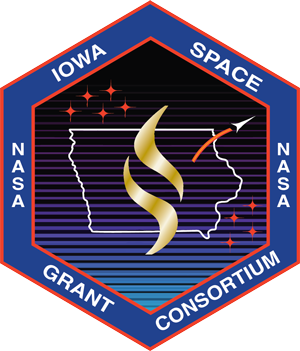Pulsating aurora is a type of diffuse aurora that appears as patches of variable shape and size with intensities that periodically dim and brighten. It is formed by the precipitation of high-energy electrons from Earth’s magnetosphere into the ionosphere. The primary driver of pulsating aurora has been determined to be lower-band chorus waves in the equatorial magnetosphere. These chorus waves, which often appear as quasi-periodic bursts of wave power, pitch angle scatter high energy electrons, allowing them to travel down into the ionosphere and create the aurora. This study addresses the question of what modulates the chorus waves by investigating two likely candidates, variations in the background plasma density and ULF waves, which are observed as fluctuations in the background magnetic field. To achieve this, we use concurrent observations of pulsating aurora from the THEMIS all-sky imagers (ASIs) and in situ wave and particle measurements from the Van Allen Probes.
Thus far we have studied a list of 80 events where we have (1) pulsating aurora visible in the ASI, (2) the magnetic footpoint of the spacecraft in or near the aurora, and (3) chorus waves in the spacecraft data. Of these events, 77.5% showed ULF waves, density fluctuations, or both in concurrence with the chorus waves. Interestingly, some events show chorus waves occurring at twice the periodicity of ULF waves, which is contrary to the expected single time. We are now working on performing correlation studies between the chorus wave occurrence and the ULF waves and/or density fluctuations.

